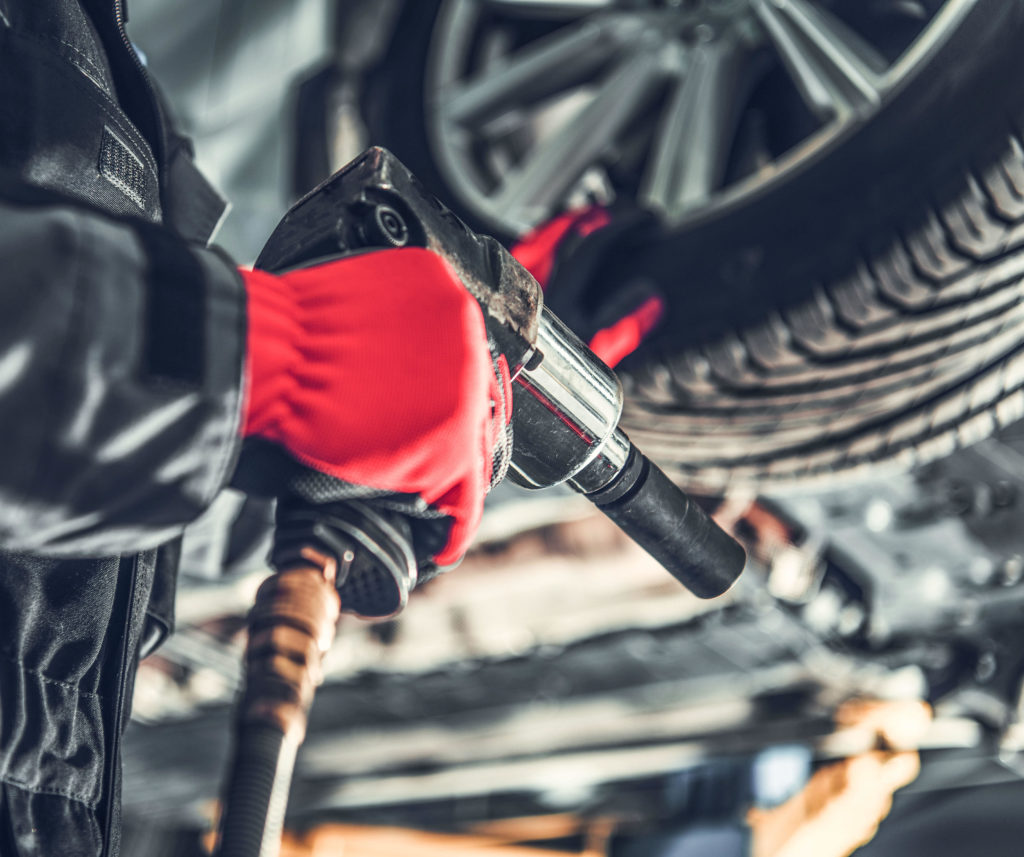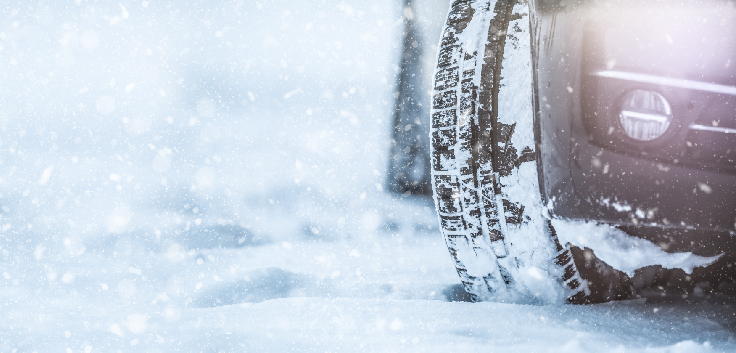Width
Current Selection:
Make
Current Selection:

Tyres: Safety, Wear & How To Make The Most Of Your Tyre Life

In times when car safety is a big priority for both car manufacturers and actual users, tyres are an essential part of the safety features of every vehicle.
If you are not experienced in the domain of car tyres or vehicle tyres in general, you probably don’t associate tyres in the list of safety features of a car. However, you should know that they are as important (or even more) as seat belts, side mirrors and airbags.
What most of you don’t know is that the failure to attend to tyre safety is a vital factor in thousands of road accidents occurring every day. A study carried out by Continental and EUT staff in 2018 examined 204 vehicles of individuals that were parents – at the Gems Modern Academy in Dubai. The examination process tested the vehicles for air pressure, tread depth, wear and punctures.
The study found that more than 25% of the vehicles had under-inflated tyres, which is a crucial factor that contributes to irregular tread wear and side-wall damage.
Tyres Are More Than Just Vehicle Equipment
The truth is, tyres do a lot more than just roll. They play a vital role in the overall safety of the car. Just like the shoes that you wear on your feet, tyres are the shoes of your car – important in every possible manner.
When you think about it, tyres are also the only point of contact between your car and the road. Therefore, it is essential to maintain their condition and replace them with new ones, if needed. Some of the common factors which can lead to your safety being jeopardized include having tyres which are not of the right size, ones that are improperly inflated, defective or (in most cases) worn out.

What Could Happen If Your Tyres Are Inadequate, Outdated Or Defective?
Not all car owners ask themselves or think about the best way to maintain their tyres. However, there are a lot of negative consequences of using sub-par tyres. Generally speaking, tyres which are not the right fit, old, outdated or defective all have a direct link of yours and your ride’s safety.
Below, we are listing some of the negative factors associated with tyres in that condition:
- Losing Control Of Your Vehicle – Defective tyres as well as old and worn out ones lead you to having less control of the car. Aside from wet roads which certainly put your safety at risk, sub-par tyres may also escalate and lead you to a blow out in dry conditions, leading to a total loss of control over your vehicle.
- Braking Distance – For those of you who don’t know what braking distance is, it is basically the distance that your vehicle travels before it comes at a complete stop (after the brakes are applied). This, as you can imagine, has a lot to do with tyres but also external factors such as weather and road conditions. However, the primary effect is put on tyres and their quality. In short, they need to grip the road and maximize their contact with it, providing a braking distance which is ideal in all scenarios.
- The Aquaplaning Risk – Aquaplaning is the phenomenon that happens when a layer of water builds up between the tyres and the surface of the road. This is also known as the action of losing grip due to wet surfaces. The treads of the tyres are designed to help water flow through and away from its surfaces, ensuring that you always have contact with the road. When the tyres have shallow or worn out treads, water may build up on the surface of the tyre – creating a layer of water on which your tyres glide which leads to loss of traction and loss of control of your car. This is why a Remaining Tread Depth of 1.6mm is highly recommended to minimize the possibility.
Making sure that your tyres are well maintained and cared for is the quickest way to eliminate risks of lost control while you are on the road. Even though it may seem convenient to leave all these complicated issues to your mechanic, it is always important to know what is going on when driving your vehicle.

The 5 Best Tips On Maximizing Your Tyre Life
Now that you better understand the link between tyres and safety in general (both your and the road safety), you should put the theory to practice.
Our experts at Tyres Online have rounded up the best tips on maximizing your tyre life – whether you buy your tyres online or in-store.
1. Understanding Tire Maintenance For Optimal Driving Performance And Comfort
Tyre maintenance is basically the process of checking your tyre pressure, ideally on every 3,000 miles (4,500 km) in order to keep your vehicle driving smoothly and evenly and using your gas more efficiently.
The idea is to rotate your tyres every 6,000 – 8,000 miles (10,000 – 13,000 km) to help equalize the treadwear. You should also be able to inspect your tyres and spot irregularities (if there are any) in their treadwear – which are potential indicators of problems with alignment or inflation.
2. Tread Carefully
Tyre tread is what provides the gripping action and traction which prevents a vehicle from slipping and sliding. Even if you invest in the best set of tyres in UAE, you need to tread carefully to ensure safe driving.
Legally, tyres are not safe and should be replaced when the tread is worn down to 1/16 of an inch (0.15 cm).
3. Straighten Up
The balance of your tyres is important – and you should keep them aligned at all times. This ensures that your wheels rotate properly and do not cause vibrations on your vehicle (which can damage the tyre and become a safety hazard on the road).
So, by having the wheel alignment checked on all four wheels, you are investing in quality. Visually, you can check your tyres for uneven wear as this can indicate problems with alignment or inflation.
4. Replace Your Tyres With Matching Ones
Tyres should be as alike as possible across the same positions. If one of your tyres must be pulled due to irregular wear or a road hazard, it should be replaced with a tyre of the same brand and model.
The more you can do in order to eliminate variation, the better your tread wear will become. This is mostly because of the outside diameters and tread depths which need to match and be as close as possible.
5. Keep Good Tyre Records And Use Your Data Wisely
You can learn a lot about tyres by reading our blog, which is a great first step for a newbie in the car tyre market in UAE.
However, what’s even more important is to keep solid tyre records. In reality, there are no proven formulas for tyre management besides being careful, maintaining your tyres regularly and replacing them when needed.
Regular collection of data is critical, which means that you should be recording information such as the inflation pressures, wear trends and tire mileage at removal. You can do this by using computer software or consulting with a professional.
Final Words
All of the steering, braking and accelerating forces between your vehicle and the road are harnessed by your tyres.
At this point, you probably know that your tyres are the most active safety equipment of your car. As four (or more) contact areas which are the size of your palm, the role of tyres in the safety of a car is especially pronounced under changing road and weather conditions (snow, ice, wet roads) or surprising situations.
Proper tread and tyre pressure are vital to the functionality of your tyres. When your tyres wear out, their safety features deteriorate and the risk of accidents increases. Aside from making the control of your car more difficult, they also put a direct risk on your safety and the safety of all passengers.
We hope that this guide helps you learn more about the link between tyres and road safety – and to understand which steps you can take to ensure maximum safety for you and your vehicle.




The information below is required for social login